When I was a little girl, I was a voracious reader, with a particular love for Anne of Green Gables, The Famous Five, and, of course, Laura Ingalls Wilder.
All of these exciting stories about intrepid children having adventures out in nature left me with one very clear goal: a hidden forest fortress.
While I would have given just about anything for an elaborate and fantastical hideaway worthy of SunRay Kelley, I made do with playing in trees and greenery in my own backyard.
I had a great time growing up, playing on the swing-set and climbing up trees — but in retrospect, I can’t help but think it would have been beyond cool to have combined the two experiences into a hybrid “living playhouse,” which is a kid-oriented offshoot of the tiny house movement that’s all the rage these days.
These are intentional structures that combine human ingenuity with the natural behavior of plant life, using vines and other climbing plants as the building materials for playhouses that grow and blend right into the natural landscape.
What do you think of these all-natural playhouses? Let us know in the comments below!
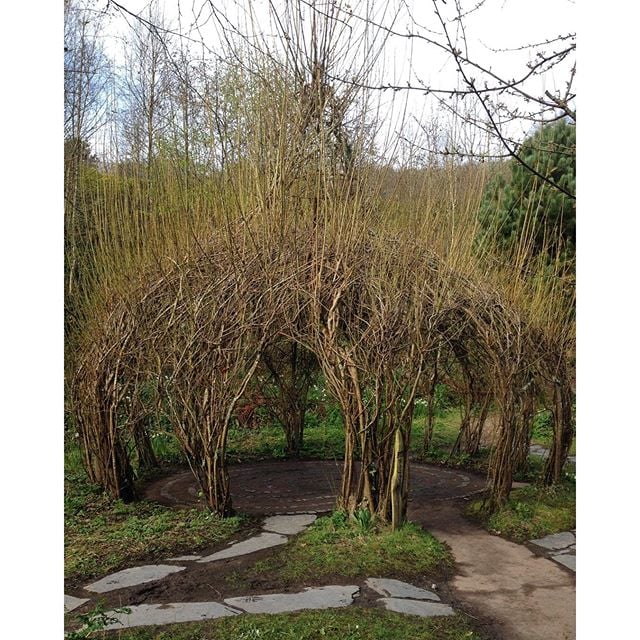
These living, growing tree forts take a number of different forms.
One of the most popular is the dramatic and beautiful "willow dome," which takes advantage of the natural growth patterns of willow trees, by planting a handful of sapling trees in a circle or semicircle.
As the trees grow, the limbs can be guided and woven together.
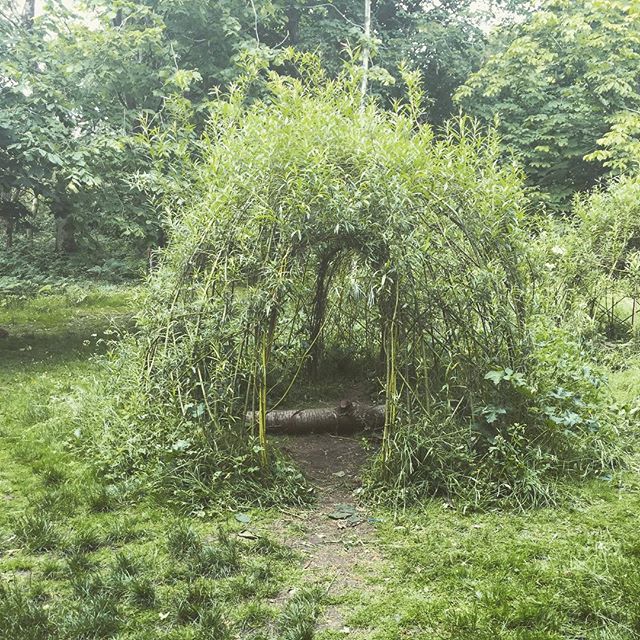
Overtime, the structures fill out with lots of foliage and branches, creating ethereal woodland domes that look perfectly suited to fairy tale creatures!
Just make sure to keep pruning and training the branches to make sure doors and other openings don't get overgrown, and that the trees don't start to resist the shape.
Just like a bonsai, these structures require maintenance to keep their shape.
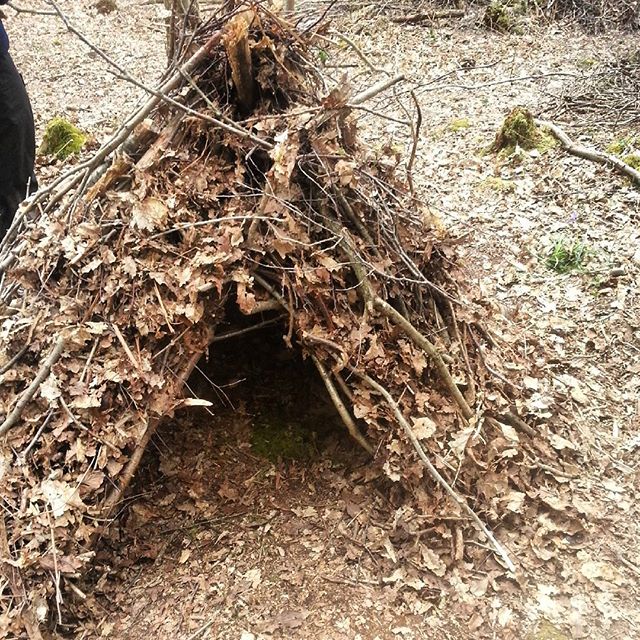
Of course, these structures are at their best during the spring and summer months, when they're fully leafed-out and green.
But there's no reason you can't take advantage of the dormant treehouse in the colder months, too!
This clever engineer simply used deadwood and fallen leaves to turn a living house into an autumn fortress.
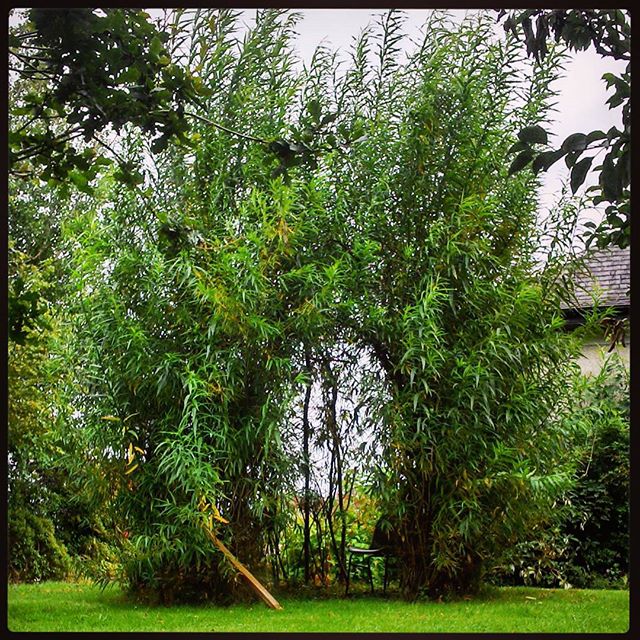
After all, these lush and lavish houses are highly adaptable.
They're really only a couple of steps removed from the architecture of elaborate topiaries and hedges in ornamental gardens.
You just have to take advantage of the natural growth patterns of the plant to create the structure of your dreams.
While willow creates a beautiful effect, you could also use privet or even lilac to build a similar structure.
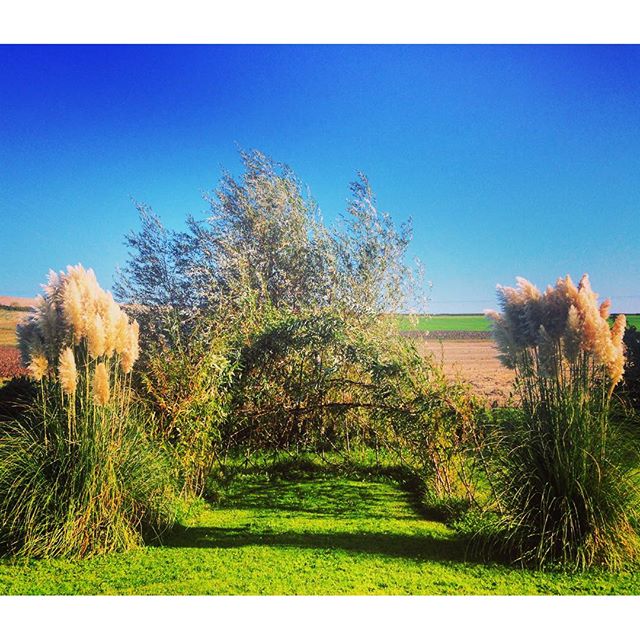
It also doesn't have to be a full dome. We love the look of this half-shell arch overlooking beautiful fields.
To be honest, we're not so sure that only kids can benefit from living playhouses. This would be a great spot to put a little garden bench, wouldn't it?
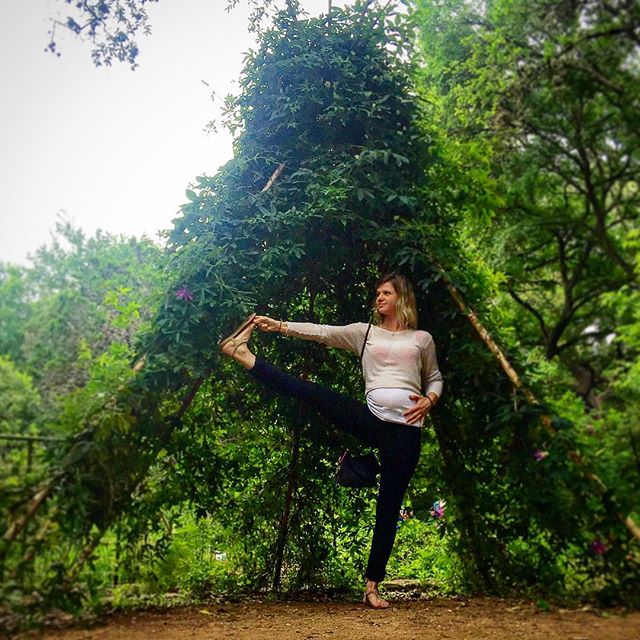
Meanwhile, if dense foliage with woody stems seems like it will require too much upkeep, you can also create growing houses inspired by another famous garden trend: the trellis.
Build a bare boned structure out of a few wooden stakes, and you can easily create a dramatic sweeping den by training sweet peas, roses, or runner beans to grow up the sides.
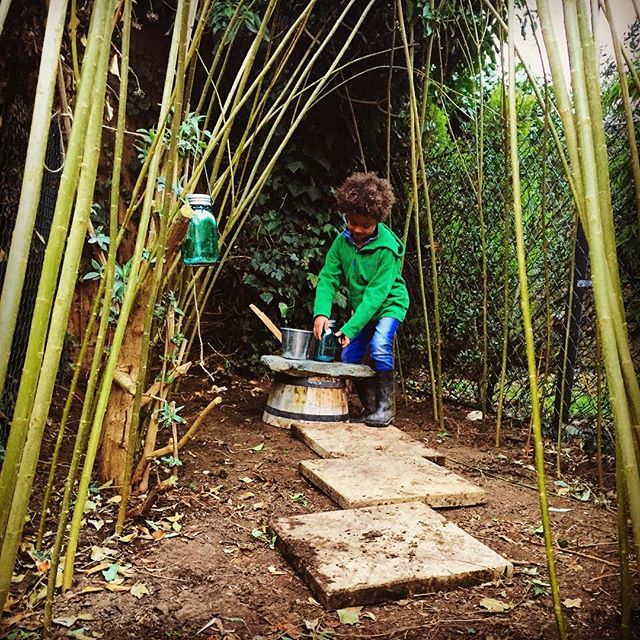
After all, there's no right or wrong way to make one of these living structures.
The most important thing is that your little one has a magical place to play and to experience nature firsthand.
A living playhouse is the perfect place to dig in the dirt, create imaginary worlds, and learn to love the incredible miracle that is Mother Earth!
If there's a little one in your life who would love one of these elaborate, growing structures, make sure you SHARE for everyone with a green thumb, and a love of magical places!




